6 Types of Grass in Missouri (With Pictures)
-
Pete Ortiz
- Last updated:
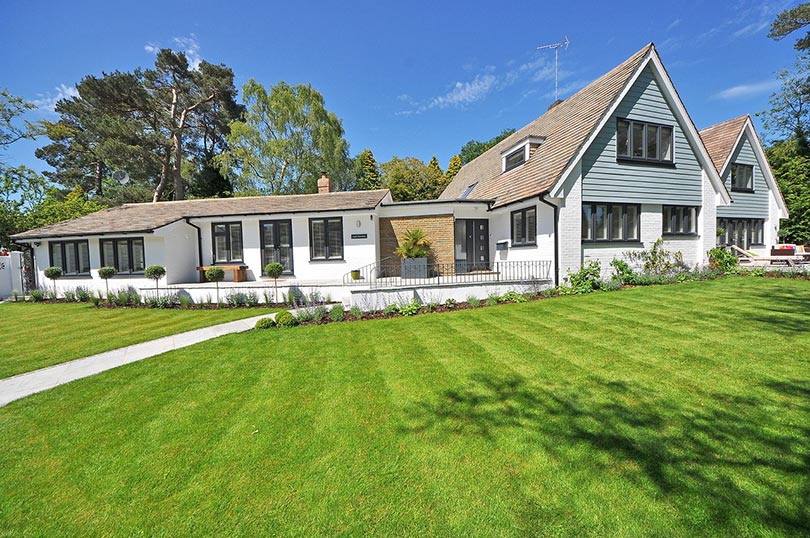
There are several types of grass that you can grow in Missouri. However, the grass variety that’s best for your yard specifically will depend on your preferred level of maintenance and appearance. For the most part, Missouri has typical mid-western weather, with warm to hot summers and modest winters.
You can expect to see your new grass sprouting in early to mid-April and see growth taper off around late September or early October. If you plan to start a new lawn from scratch or switch over to a new grass variety, it’s helpful to know the best types of grass species that grow well in the state.
The 6 Top Choices for Your Lawn in Missouri
1. Bermudagrass
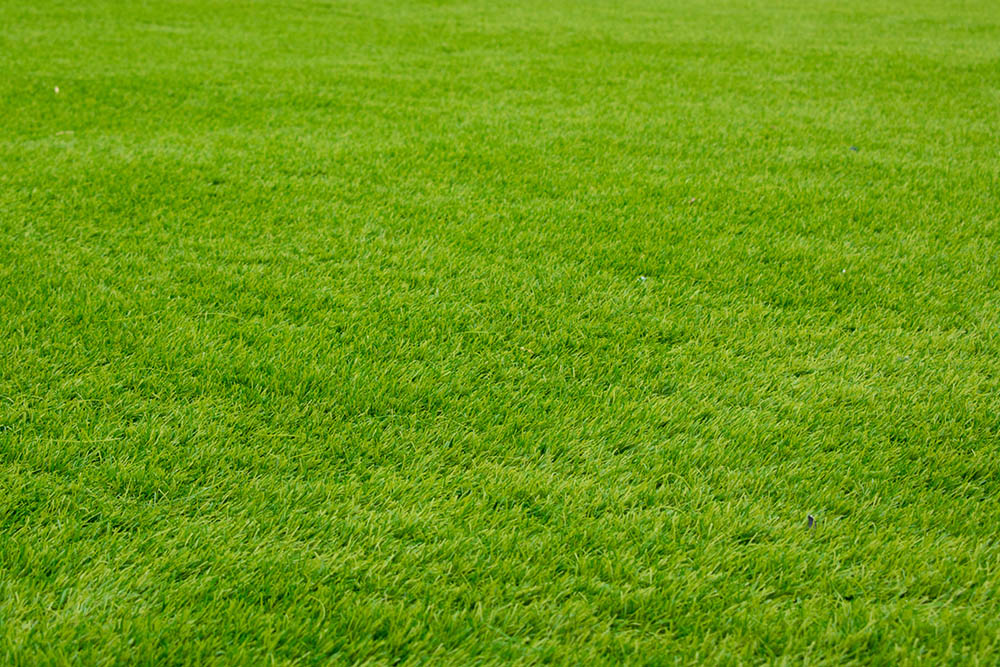
One of the most commonly used grass varieties is bermudagrass. Cultivators have developed numerous varieties for this type of grass over the past few years and many are finer and denser than previous ones. One of the great things about bermudagrass is that it spreads fairly quickly. So. if you’re starting from a dirt lawn or need a fast-acting variety, this may be one you’ll want to consider.
On another note, bermudagrass can become a bit of a nuisance if you have a nearby garden or flowerbed, as the grass can become quite invasive. It makes for an ideal variety for the weather in Missouri, and it is available in both warm and cold-tolerant seed varieties.
So, if you have a yard that receives full or moderate sun throughout the day, bermudagrass should work just fine. It also recovers quickly from heavy foot traffic and periods of drought.
2. Fine Fescue
There are actually various grasses that fall under the Fescue, variety, though fine fescue is more of a collective term used for those with thin, needle-like leaves.
This thin grass variety is usually dark or light green in color. Fine fescue grows well in moderately humid conditions that are cool, which explains why it is best suited for midwestern and coastal regions. It thrives at high elevations and is easy to grow. On average, you will find that this variety has great shade tolerance and is a good turf grass to use during rainy, cooler seasons. If you’re looking for a grass variety that requires little maintenance or fertilizer, fine fescue is a great option to consider. You’ll often see this easy-growing variety used in public landscape areas including roadsides, parks, and running trails.
However, it isn’t recommended for sports fields, as it has a relatively low foot traffic tolerance. But if you don’t plan on spending too much time on your lawn, it’s definitely worth taking a look at it. The seeds germinate rapidly and can adapt easily to sandy soil or dry weather conditions.
3. Tall Fescue
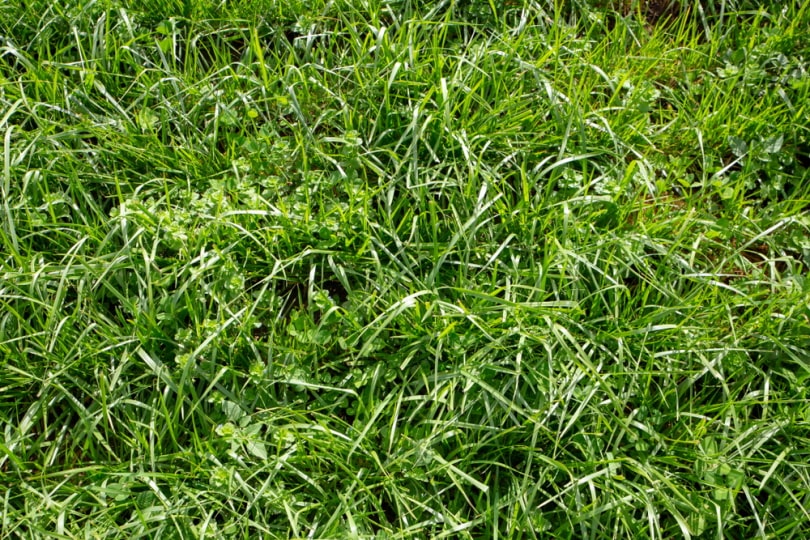
There’s also tall fescue, which has similar qualities to fine fescue, but has different maintenance requirements and growth patterns. Tall fescue is also highly drought and heat-tolerant. It requires regular watering to stay healthy. Since Missouri isn’t prone to long periods of dry weather, this really isn’t an issue.
However, you’ll want to ensure that you have fertilizer on deck for this variety, especially if your soil is lacking in nutrients. One of the great things about tall fescue is that it will stay green all throughout the year, making it perfect for front lawns and large areas.
This variety tends to grow in bunches, so be sure that you scatter the seeds liberally when planting them for the first time. On the upside, it’s a very durable variety and makes for great sports turf for backyards or areas that receive a lot of foot traffic. You’ll also find that tall fescue is disease-resistant and easy to maintain.
4. Perennial Ryegrass
Perennial ryegrass is great to use if you are looking to establish a full lawn quickly without a ton of initial maintenance. It’s suitable for typical moderate Midwestern weather and is known for its vibrant light green hue.
Though it spreads rather slowly, it germinates quickly and is also insect and disease-resistant. This variety has thick full leaves that require a lawn mower with strong sharp blades to avoid tearing grass. This turf blends well with other varieties and grows in large clumps — so be sure to spread the seeds thoroughly and evenly.
Perennial ryegrass is fibrous, which gives it moderate resistance to drought and heat — though this is improving with newly developed varieties. It’s perfect for warm seasons and it has shallow roots. This means that you’ll need to water the grass less frequently, but more deeply. When watering the turf, try to do so in the morning or in the evening when sunlight is minimal, so that it can reach at least four to six inches beneath the ground’s surface before it evaporates.
5. Kentucky Bluegrass
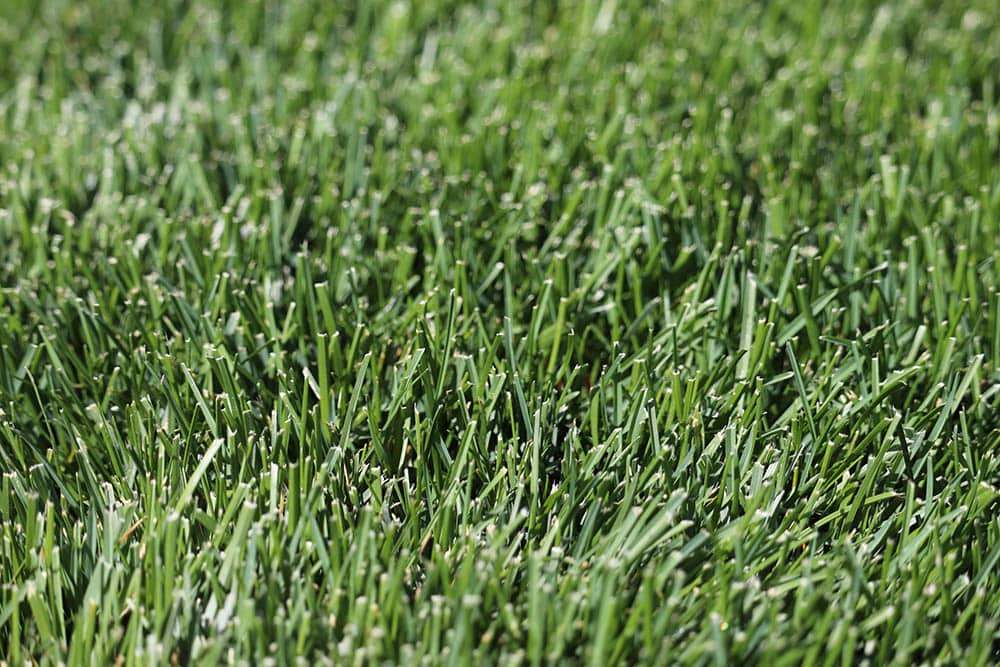
Kentucky bluegrass is one of the most popular turf varieties used for both public areas and private lawns. It responds well to a moderate amount of foot traffic and can be planted in the early spring or as late as early fall.
This variety works well for transitional climate zones, such as Missouri, and does extremely well in northern and eastern regions. You’ll find that this variety needs a fair amount of maintenance, though the payoff is well worth the effort. It responds well to cool seasons but can struggle with long periods of drought or excessive heat.
So, you’ll want to keep the grass watered thoroughly during the warmer months.
Kentucky bluegrass is a durable turf that bounces back quickly from damage. The roots of Kentucky bluegrass are shallow, so a regular and deep watering is an absolute must, especially during the summer. This variety is dense, lush, and very durable, making it one of the go-to grasses for private homes in the Midwest.
6. Zoysia

Zoysia grass varieties are also common in Missouri and other midwestern states. The warm spring and summer months combined with relatively humid conditions allow this variety to flourish in the Midwest regions. The new varieties of Zoysia are denser and have a tough leaf structure, making it perfect for lawns with heavy foot traffic.
On the downside, this variety can take a while to establish itself once it’s planted. But when it does, you’ll find that it recovers quickly from foot traffic or extreme weather damage. Another great thing about Zoysia is that it requires little water to thrive — even half that of Kentucky bluegrass.
So, if you’re looking for a grass that is low maintenance and can be left alone for weeks without watering, here’s one to consider. This warm-season turf has impressive cold tolerance and is great for golf courses, transitional spaces, and home lawns.
When’s the Best Time to Plant Grass Seeds in Missouri?
In Missouri you can plant your grass seeds anywhere from late April to early September. During this time of the year the soil is warm and the temperatures are mild during the day with a cool night.
These conditions are most favorable for common turfs including Kentucky bluegrass, perennial ryegrass, Bermuda grass, and fescue varieties. Try to plant the seeds in early morning or late evening to avoid periods of direct sunlight that may cause the dirt to dry out before the seeds can germinate.
After planting the seeds be sure to water the grass thoroughly. And before planting the seeds, always check for weeds and remove them, as they will suck up all nearby nutrients and water from newly sprouted grass.
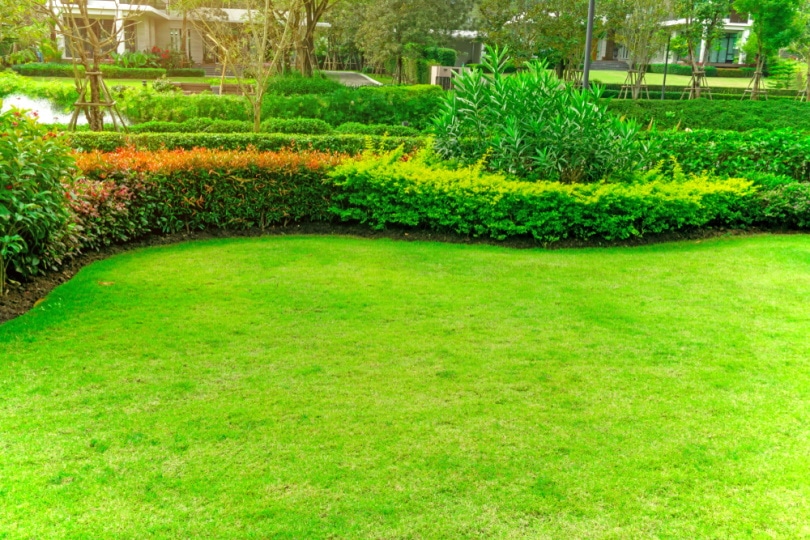
How Long Before I See New Grass Sprouting?
You’ll typically find new grass seed sprouting anywhere from 10 to 14 days after being spread. However, in some cases it can take up to 20 to 30 days to see results, depending on the condition of the soil and local weather conditions.
In general, you’ll find that warm season grasses will grow a bit slower than cold season turfs, as they can start to sprout in as little as 5-7 days. However, properly prepping the soil, distributing the seeds at the right time of day, and removing nearby weeds can help to ensure substantial growth within a couple of weeks. Also, remember that most varieties will need a steady amount of moisture to sprout, so ensure that you are keeping the soil moist while avoiding over-saturating it.
Final Thoughts
As you can see, you have quite a few options when it comes to ideal grass varieties for Missouri. The moderate weather and humid conditions make it fairly easy to grow many types of warm season varieties. Just remember to keep an eye on all newly planted turfsand ensure that you keep the soil well-watered during those first few weeks.
Featured Image Credit: midascode, Pixabay
Contents



